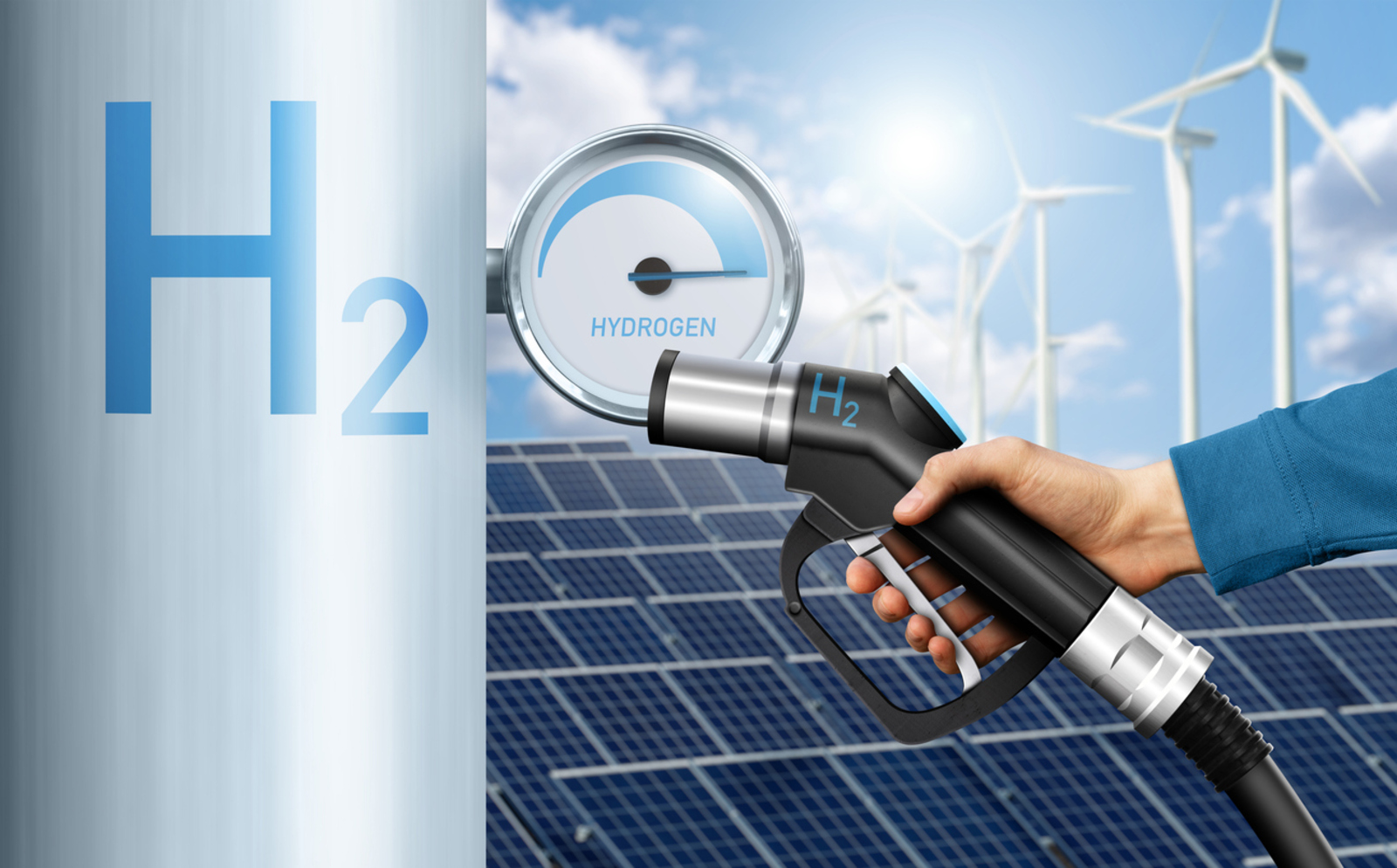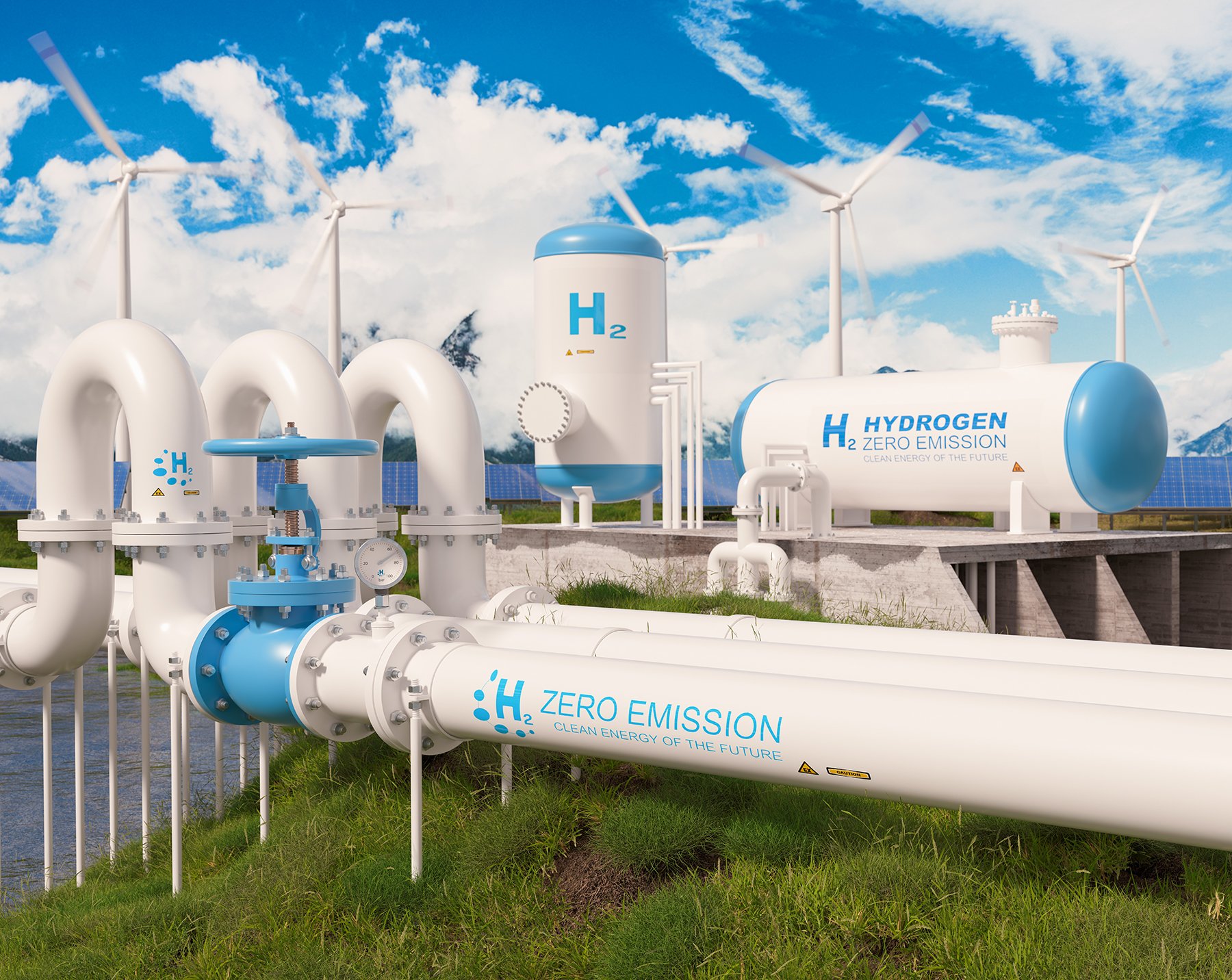

As the need for sustainable energy solutions increases in urgency, hydrogen has become a promising contender in the race to decarbonize power generation and transportation. Despite this promise, hydrogen has challenges that must be considered in component design. Some commonly used materials do not fare well under prolonged exposure to hydrogen, leading to a need for more advanced solutions. However, data on the behavior of different specialty materials in hydrogen or hydrogen-containing environments has been scarce. Recently, two studies were performed at experienced research institutes in Germany showing that some advanced materials have the potential to withstand hydrogen’s harmful effects and maintain a high level of performance under strenuous conditions.
Hydrogen, as an element, has long captured the imagination of scientists and engineers for its incredible versatility. It is the most abundant element in the universe, making it a virtually limitless resource. While it's primarily found in compounds like water and natural gas on Earth, innovative production methods are unlocking new possibilities for greater access.
Green hydrogen, produced using zero-emission energy sources such as wind or solar, is being developed as a carbon-neutral energy source with good storage potential. Whether green hydrogen is used in a hydrogen fuel cell or a hydrogen internal combustion engine (HICE), it is a viable fuel option that can be used to decarbonize long-haul transport and on-demand power generation.
However, current fuel cell technology relies on precious metal catalysts, reducing cost-effectiveness. There are thermal management challenges with fuel cells and production facilities are limited. Also, they are better suited for low-load conditions of passenger cars, having low efficiency at the high loads requires for long-haul transport or power generation. These cost and technical hurdles will take time to address, but several heavy-duty engine manufacturers are scheduled to launch HICE generator and long-haul products sometime between 2024 and 2026.
Some of the technical challenges HICEs present to materials are reduced lubrication, higher combustion temperatures and embrittlement. Hydrogen does not lubricate like diesel or gas, meaning materials in rotating or sliding contact need to be naturally low in friction to avoid excess wear or overheating. The higher combustion temperature of hydrogen requires materials that resist heat degradation and have high thermal conductivity to distribute heat evenly and, where appropriate, conduct it quickly to the cooling system.
Hydrogen embrittlement is a risk that is new to ICEs and deserves serious consideration. Some materials, for example titanium and high-strength steels, easily absorb the tiny atoms of hydrogen. The hydrogen collects in microscopic defects in the materials and can reduce the ductility, eventually to the point of material failure. The amount of hydrogen absorbed, and the effects of embrittlement, increase with exposure time. Most current HICEs have been made with traditional engine materials. High-strength alloys of steel, nickel or titanium are known to suffer from hydrogen embrittlement when exposed. This limits material options, particularly in and around the combustion chamber. Few, if any, have been run for enough time to understand the embrittlement risks to these materials over the long lifetime expected with heavy-duty engines.
To learn more about how these materials would react, extensive test programs were done at the DECHEMA Research Institute and the University of Bochum. They found that certain advanced alloys and composites were shown not to significantly absorb hydrogen or suffer embrittlement after exposure to engine temperatures. Materials tested included:
Both materials were already known to increase efficiency and durability in fossil fuel internal combustion engines. They are currently used for components such as plain bearings, valve seats and guides, piston rings and other parts. Given their proven performance, these materials were logical choices to study for potential use in an HICE environment.
At the DECHEMA Research Institute the materials were cathodically polarized for 192 hours in a solution that provided a constant supply of hydrogen to one side of the sample surface. At the end of testing, measurements showed that no hydrogen oxidized on the opposite sides of any of the material samples. Analysis confirmed very low hydrogen content in the materials overall, showing that they were relatively impermeable to the hydrogen exposure and therefore less likely to suffer from hydrogen embrittlement.
While the DECHEMA testing was done with liquid, the University of Bochum conducted testing with hydrogen in gaseous form. Samples loaded over the gas at 300˚C (572˚F) over a period of 21 days showed the same trend as the DECHEMA testing. After exposure, the samples were tensile tested and examined for fractures. The results showed little to no effect on the mechanical properties, verifying that Alloy 25 and PerforMet alloy exhibit excellent resistance to hydrogen embrittlement.
As technology continues to push the boundaries of what is possible, hydrogen's role in our energy landscape is likely to grow. With the conclusion of these tests, data is now available that confirms what materials are suitable for hydrogen applications and can enable that growth. These materials hold the key to enhancing the safety, efficiency and reliability of technologies that unlock the full potential of hydrogen as a clean and sustainable energy source.